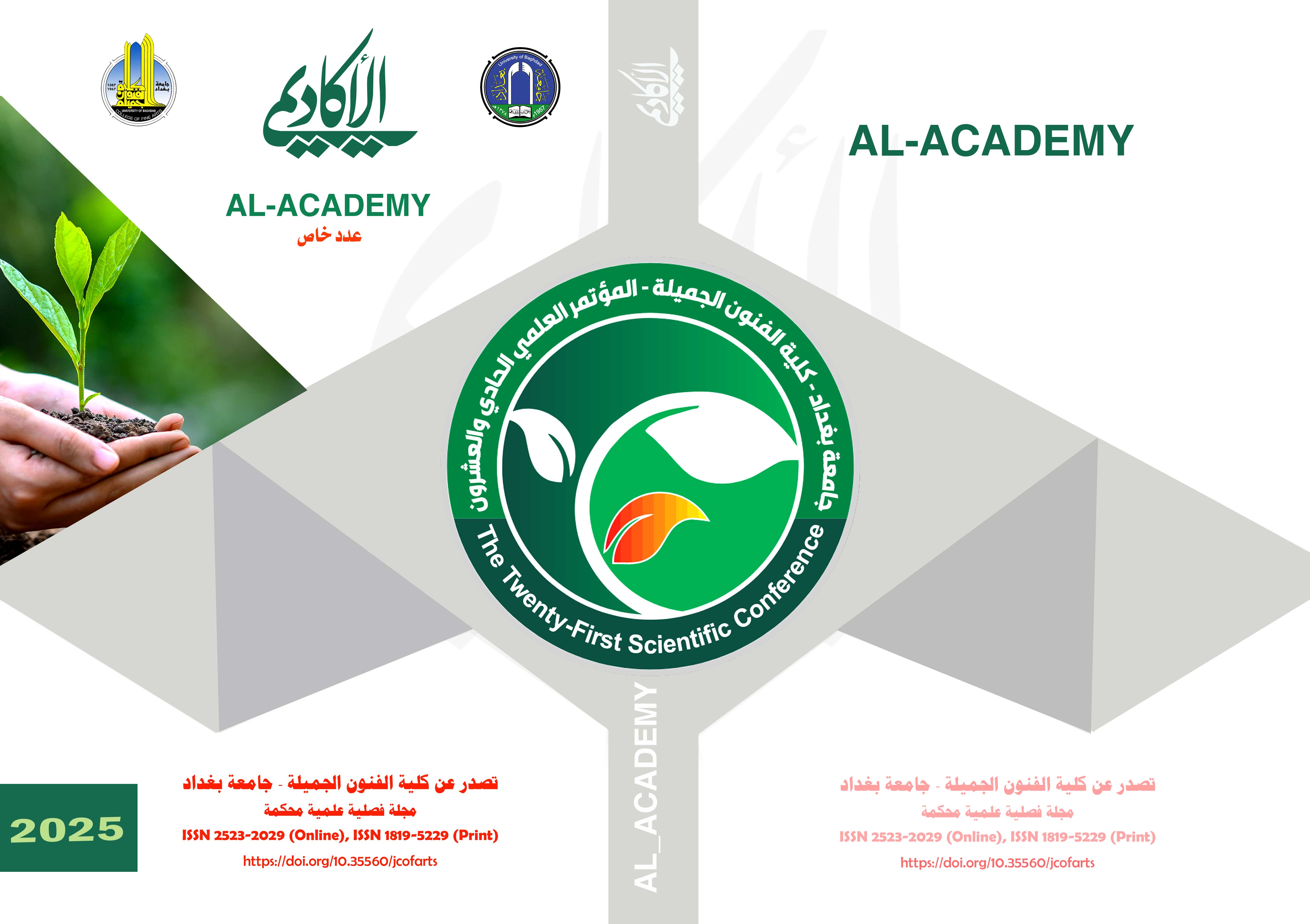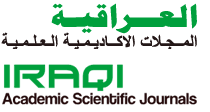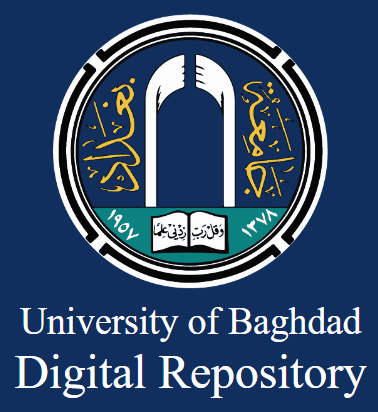The Culture of Sustainability in Contemporary Iraqi Art "A Study in the Continuity of Heritage"
DOI:
https://doi.org/10.35560/jcofarts1572Keywords:
culture, sustainability, heritage, communication, authenticityAbstract
Sustainability was considered one of the contemporary concepts as a major revolution in the seventies of the twentieth century. Most researchers considered it a concept synonymous with the strategy and sustainability of time and the financial investment of science in a way that helps in the development of societies. It is a multi-level and multi-branch concept that was circulated within the global development sectors, as it was framed by technology, politics, economics and the environment, until Sustainability has become the culture of our time. According to these data, the researcher adopted the concept of sustainability within a societal culture that interacts with heritage and communication in contemporary formation within a research structure consisting of an introduction in which the research problem was presented, founded by the following question: How is the culture of sustainability represented in contemporary Iraqi formation? A study in the continuity of heritage. The importance of the research came as it is a topic that discusses the culture of sustainability in its relationship with the contemporary Iraqi formation. The goal was set by identifying the culture of sustainability in the contemporary global formation. A study of heritage continuity within objective, spatial and temporal boundaries ( 2000-2024 AD ) The introduction was completed by defining the concepts ( culture, sustainability, heritage, and communication ), while the theoretical body came from four sections: the first, the cognitive concept of the culture of sustainability, and the second, the cognitive concept of the concepts of heritage and communication. The third topic represented applications in developing sustainability in art, and the fourth topic represented culture. Sustainability, heritage, and communication in contemporary Iraqi formation. From this, the researcher obtained a number of results.
1- Iraqi plastic arts kept pace with most scientific techniques with multiple approaches such as optimally employing contemporary techniques through scientific techniques.
2- Sustainability has formed a societal culture that the artist has supported through his artistic achievement, establishing an aesthetic and guiding discourse for society.
3- Employing materials in a sustainable artwork is considered creativity, especially if its structure carries the heritage system as an authentic communicative data.
The artist was able to reconcile heritage as an existential cultural system and the possibility of preserving it through art, framing his achievement with a communicative value through which authenticity was effectively achieved, so that the culture of sustainability became a joint in the aesthetic construction of the Iraqi artist
References
(n.d.). Al-Fayruzabadi . Majd al-Din Muhammad ibn Ya`qub : Al-Qamus al-Muhit, Al-Risala Foundation, 6th ed., Damascus, 1998, p. 795.
(n.d.).
Al-Fayruzabadi , ..-D. i. (1998). 1): Al-Qamus al-Muhit, (Vol. 6th ed). Al-Risala DamascusFoundation.
Al-Jabiri, M. A. (2011). Heritage and Modernity. Studies and Discussions, (Vol. 4th ed). Beirut, Lebanon: Center for Arab Unity Studies.
Boujemaa, K. (2008). Features of Sustainability in Traditional Algerian . Architecture and Urban Technologies Journa l - Issue Three.
Hassoun Wadi, A. M., & Khadi, M. S. (2015). : Sustainable Development: Concept, Elements, and Dimensions, , Issue 76. Diyala Magazine.
Hilal, M. M., & and others. (No date). Sustainability in Architecture, a study of the role of sustainable design strategies in reducing impacts on the urban environment, .
The Problem of Communicating with Heritage in Artistic Works . (2003). Journal Damascus University.Volume 19, Issue 2.
(2009). 5 ) - Adam ,Ritchie Randall Thomas, Sustainable Urban Design: An Environmental Approach, Taylor & Francis Group, . .
(2012). "Report of the World Commission on Environment and Development", general assembly resolution . - United Nations, 1987, 42/187, available at:, . Accessed: 07-07-.
Abdel Qader, M. (1999). The Concept of Economic Development,. Cairo: Dar Al-Ahram for Printing and Publishing.
Al-Anbari , D. H. (2012). Simulating the Commitment to Nature in Urban Sustainability Decisions, Unpublished Master’s Thesis,. University of Baghdad.
Al-Arab, S., & Al-Khadim, R. (2005). i Educational Issues, Publications of the World of Education . 1st ed.
Al-Farahidi. , A.-K. b. (2003). : The Book of the Eye, Part 4, compiled by Abdul Hamid Handawi, . 1st ed, p. p. 376.
Al-Khawaja. , S. S. (n.d.). What is sustainability? Retrieved 10 9, 2024, from https://www.scribd.com/document
Al-rawi , H. S. (2001). , Heritage, Modernity and Modern Trends in Architecture . Afaq Arabia ,Issue 5, 6, May-June .
Al-Rubai Wael Munir Al-Rashdan, W. M. (2003). Al-Rubai. Ihsan Arsan and Wael Munir Al-Rashdan: The Problem of Communicating with Heritage in Artistic Works,. Damascus University Journal, Volume 19, Issue 2,.
Al-Shammari , M. S. (ب ت). : Sustainability within the framework of development. A future vision for sustainable development in Iraq. College of Administration and Economics.
Al-Tabataba’i, M. H. (1997). Al-Mizan in the Interpretation of the Qur’an, Part (20). Beirut, Lebanon: Al-A’la Foundation for Publications.
Al-Tamimi, A. H. (2007). In Islamic Media. 1st ed. Karbala: Lectures for Elites in Civil Society Institutions, Dar Al-Furqan.
Al-Tihami, A. S.-D. (1999). The formative and expressive values of animal sculptures in modern art trends. Egypt: Helwan University .
Al-Zubaidi , G. T., & M. F. (2021). Achieving Environmental Sustainability According to Resource Management Practices. Journal of the College of Baghdad for Economic Sciences, University, Issue 23.
Angelis, D., & Hughson, J. (2007). Sociology of Art. (r. b.-J. Laila Al-Moussawi, Trans.) Kuwait: World of Knowledge Series, National Council for Arts, Culture and Letters.
Attia , M. M. (1995). New Horizons for Art (Vol. 1st ed). Egypt: Dar Al_Maaref.
Ferran , N. (2020). Mechanisms for building the learner’s communicative competence within the communicative approach in language teaching. Taalimiyat Magazine, Volume 1, Issue 3, January , Mohamed Lamine Debaghine University, Setif 2,.
Ghura, N. M. (2019). Art and Sustainable Development. A Study in Applied Aesthetics . Faculty of Arts Journal, Beni Suef University, Volume 3, Issue 53, October-December.
Hamdawi, J. (2015). Linguistic, Semiotic and Educational Communication (Vol. 1st ed). Al-Hosari Network.
Hauser, A. (1981). . Art and Society Throughout History, Part 1 (Vol. 2nd ed). (F. Zakaria, Trans.) Beirut: Arab Institute for Studies.
Ibn Manzur. (1985). Lisan al-Arab. Cairo: Dar al-Maaref.
Jadaan, F. (1985). Heritage Theory and Other Arab and Islamic Studies (Vol. 1st ed ). Amman, Jordan: Dar Al-Shorouk for Publishing and Distribution.
Muschet , D. (2000). Principles of Sustainable Development. (B. Shaheen, Trans.) Cairo: International House for Cultural Investments.
Qutb , M. I. (1998). The Aesthetic Concept of Handling Material in Modern Sculpture. Egypt: Helwan University.
Ritchie, A. R. (2009). Sustainable Urban Design: An Environmental Approach. Taylor & Francis Group, .
Sabry Ali, A. H. (2015). The General Framework for Sustainable Development Indicators. Measurement and Evaluation. Planning and Development Magazine, Issue 32.
Shaabath, A. A. (n.d.). Art and its Role in Promoting Sustainable Development. Nabu Journal of Research and Studies, Volume 13, Issue 40.














